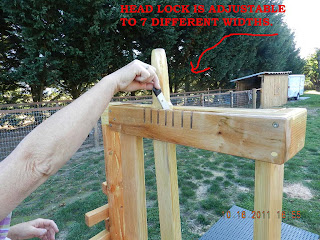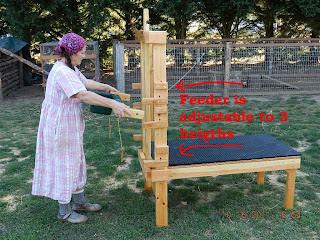HOME MADE ARCHERY TARGETS
I have no idea why archery targets are so expensive, or bows for that matter.
A good 3' by 6' target will cost around $600.00, and I wanted two of them, so it was time to look for scraps and research homemade targets. I liked the floor carpet idea. The floor padding seems like it would compress easier, so I used a lot of it. A target that stops a 325 FPS arrow has to be compressed very tight. I started off by making two frames out of 2x12's. The frames have an inside measurement of 3"x6". When you are finished, take the top off because you are going to over fill the box with carpet about six inches over the top and compress it all together (more details on that below).
Targets need to be compressed, and I needed enough of these cut outs to fill two 3 feet tall boxes. I actually needed to keep cutting until the pile reached seven feet tall.
This took about two weeks of all my free time. I applied two temporary boards to the front of the target boxes to help keep the carpet flush with the front of the box.
I filled the box about 6 inches above the top, but next time I will fill it higher to make it even more compressed.
Now, put the top back on the box and find some way to compress it down. I used furniture clamps. As you squeeze the carpet down, it will try to bulge out the front. Don't worry about this now, just get the top locked down.
It takes a lot of adjusting as you tighten one clamp after another, so take it slow. I cut out the top board so it would lock into place and keep the project square. As soon as the joints locked into place, I screwed it down with 4" construction screws.
Now, you can stop at this point and just hang paper targets on the face and it will work just fine, but I was trying to duplicate the $600.00 target that I originally wanted, so I built a wood frame for the front.
My reasoning was to cover the wood frame with white canvas and sew targets onto the canvas. After it is used for a couple years, all I have to do is replace the canvas with targets in new locations. That way, this target should last several years. I bought two burlap targets from Allan Archery for about $5.00 each. One had a picture of a Deer and the other had two bulls eyes. They were advertised as light blue targets on a white background, but they turned out to be dark blue on brown burlap. So, back to the store to buy some paint pens. Jean helped color the targets, cut them out and sew them onto the white canvas.
The white canvas was stapled to the wood frame and then screwed onto the target box. These boxes weigh about 200 LBS a piece, so you need some help moving them around. We used pipes under the boxes to roll them out to the archery range. It took a while, but the job got done. I won't even get into how we stacked them on top of each other. That was something I didn't include in my planning of this project. To fill in the extra space in the Deer target, I cut four small targets out of Levi material and colored them in with the paint pins and Jean sewed them on also. It was all sprayed with water proofing to keep it dry and a green tarp (top of targets) was attached to the roof of the building to be rolled down when the target range is not in use.
So, there you have it. $1,200.00 worth of targets for about $30.00 each. Now, if I could just figure out how to make one of those $900.00 bows I could start a new business.




